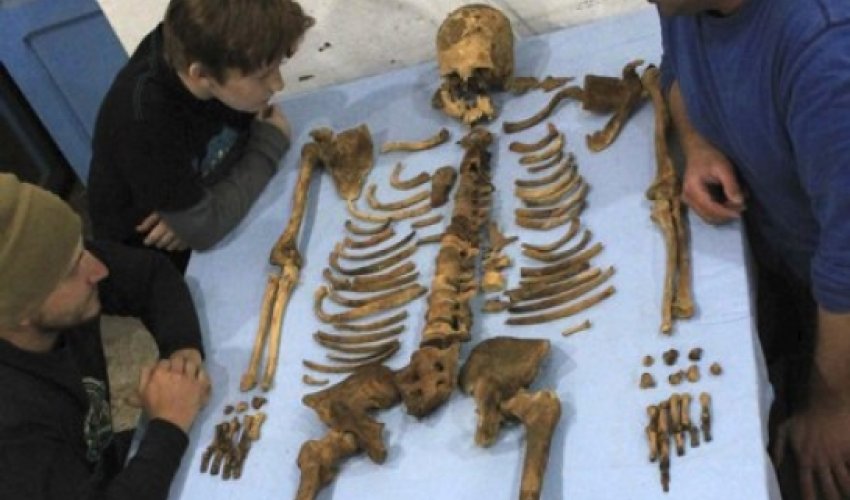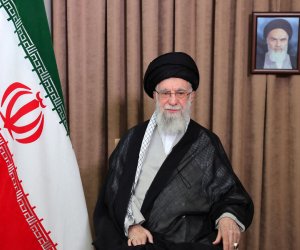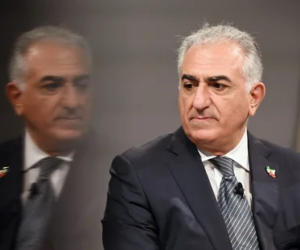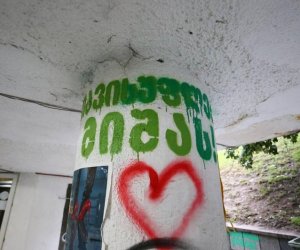Archaeologists find remains of previously unknown pharaoh in Egypt

The discovery of King Senebkay is the first firm evidence of a pharaonic dynasty whose existence archaeologists had suspected but never proved. About 20 previously undiscovered pharaohs may lie near Senebkay's tomb, explained Josef Wegner, the dig's head archaeologist."It's emerging as something like a Valley of the Kings," he added, referring to the famous ancient site in Luxor, southern Egypt, where Tutankhamun is buried."We had just thought there would be a handful of king's tombs," added Wegner, who has researched in the area of Abydos – an ancient city that stood 300 miles south of modern-day Cairo – for more than two decades. "Now we're looking at probably 20 pharaohs. There's probably a whole dynasty of kings buried there."Entering Senebkay's tomb for the first time, Wegner found it had been sacked by ancient looters, with his mummified casing ripped apart, and some of the tomb's decorations and trinkets removed.But Wegner's team of archaeologists from the University of Pennsylvania – working in collaboration with Egypt's antiquities ministry – was able to piece most of Senebkay's skeleton back together, with the exception of his absent jawbone. They then deciphered his name from a section of hieroglyphics inside the tomb. Further analysis revealed Senebkay was tall for his time at 1.75m (5ft 10in), and died at some point in his late 40s.A misspelt version of the forgotten king's name has been found once before, but Wegner said this was the first time the team had heard of the pharaoh."We were pretty puzzled for two days," Wegner told the Daily Pennsylvanian. "It was a king's name that didn't appear anywhere else in history, so we didn't know who he was at first."Senebkay's discovery confirms for the first time the existence of a third dynasty of pharaohs that ruled a central area between Egypt's northern and southern kingdoms in about 1600BC.The two latter kingdoms were reunited in the century that followed – but the presence of a third dynasty suggests that their fractious relationship and subsequent amalgamation may have been more complex than initially thought.Danish archaeologist Kim Ryholt first theorised about the lost dynasty's existence in 1997. But until now no physical evidence had been found, and some archaeologists had doubted his hypothesis."Everyone else was very sceptical about it, including me," said Dr Irene Forster Mueller, head of the Austrian archaeological institute in Cairo, who is excavating remains from a similar period. "But suddenly we have a new tomb that offers a new insight into the history of Egypt. We are completely fascinated by the find. It's really marvellous."Contacted by telephone in Copenhagen, Ryholt said he felt less vindicated than excited by Senebkay's discovery. "I'm happy and excited, but I wouldn't call it a vindication – it's not something I take personally," he said.Ryhold praised the American team for reconstructing Senebkay's bones. "This is one of the rare instances where we can actually examine the physical remains of a ruler, and say something about what they looked like."Ryholt and Wegner also stressed how much the find could tellEgyptologists about the political machinations of the period. "Before we only had fragmentary evidence that there may be a separate kingdom that coexisted between the two rival kingdoms of north and south," said Wegner."Now we know for certain – and we need to work out what their role was. Were they a buffer state aimed at slowing conflict, or were they allies of the Thebans?" asked Wegner, referring to the southern kingdom.The crude nature of Senebkay's tomb may indicate his dynasty's lack of financial clout, the archaeologists said. Some of the tomb's contents may have even been stolen or "cannibalised" from older pharaohs' burial grounds, according to Wegner.The site was first discovered by the legendary Egyptologist Flinders Petrie as long ago as 1902. But he never excavated it, perhaps put off by the modest size of its tombs, and so did not uncover their contents. Now Egypt's archaeological community is hopeful there is more to come. "We know there are more kings in the Abydos, so there should be more tombs," said Forster Mueller. "And where else but nearby?"But a find to rival the aesthetics of Tutankhamun's tomb in Luxor is unlikely, admitted Wegner – most of the Abydos tombs were raided in ancient times. "One can hope that there might be an intact one discovered," he said. "But really what we're looking for is the fragments that the ancient tomb robbers left to us."(theguardian.com)ANN.Az
Latest news 
More news 



































 Photo
Photo 



 Video
Video 

